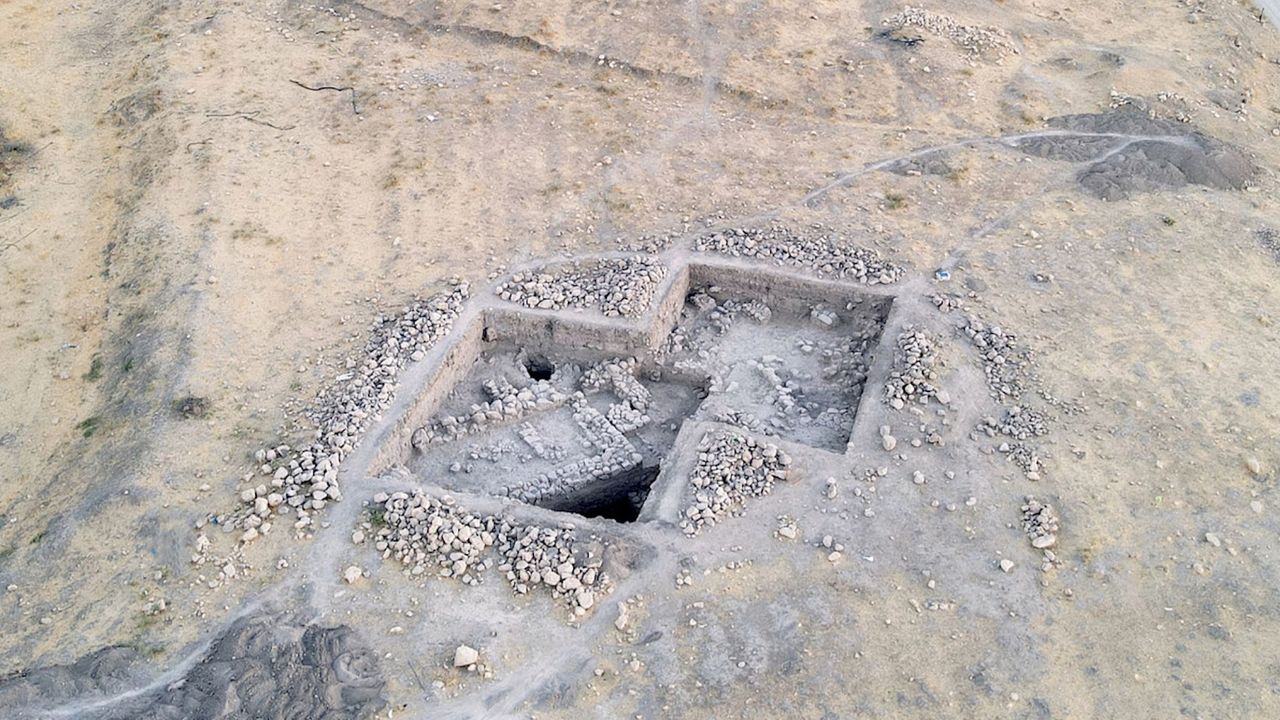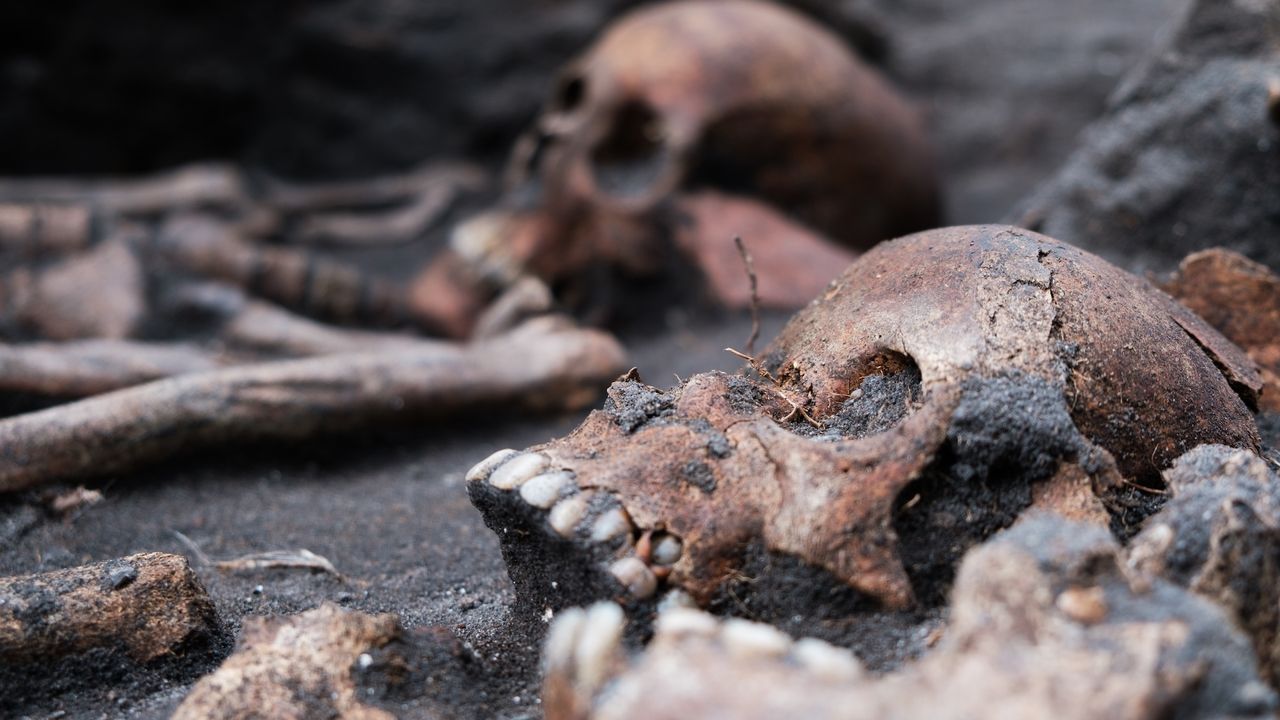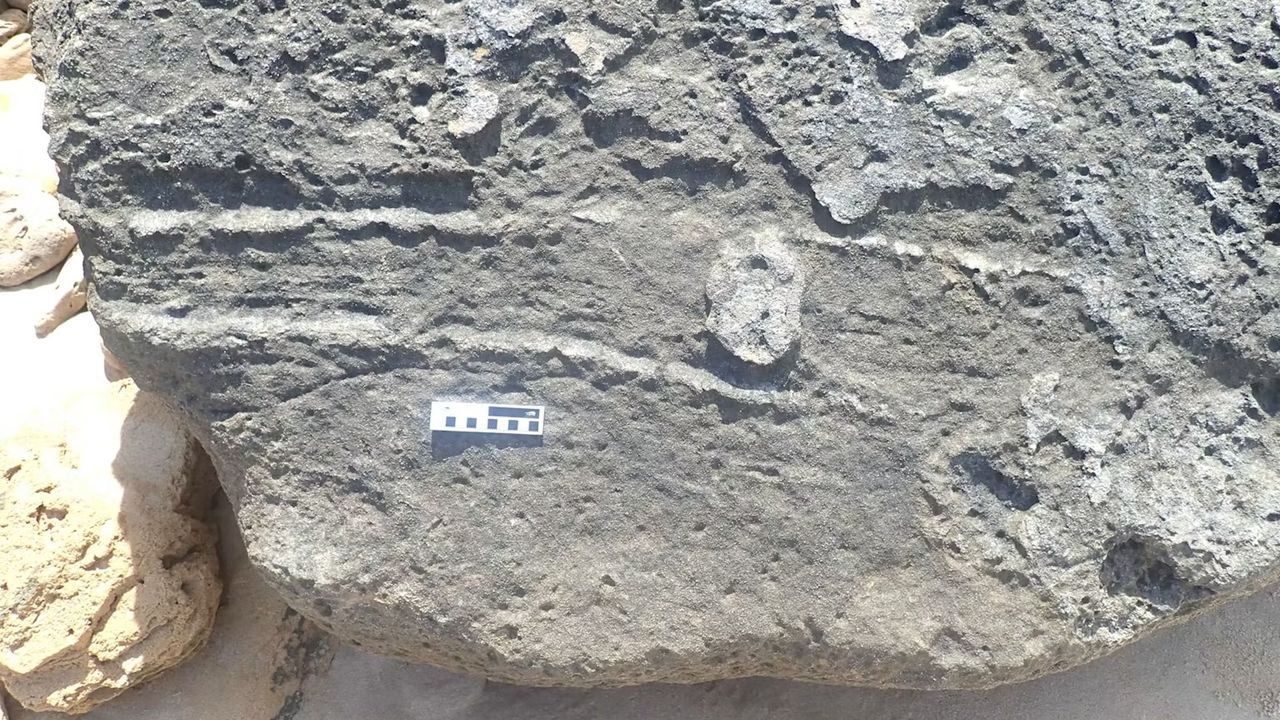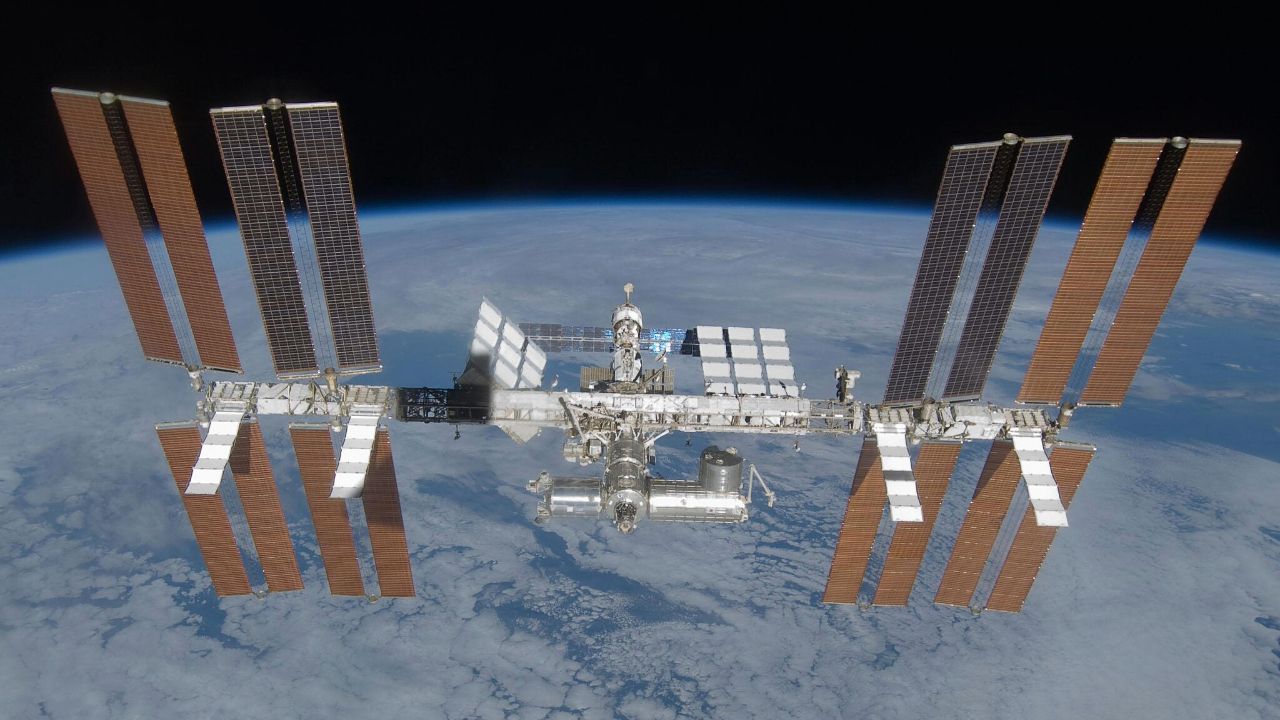French archaeologists uncover 'vast Roman burial area' with cremation graves 'fed' by liquid offerings
PositiveScience
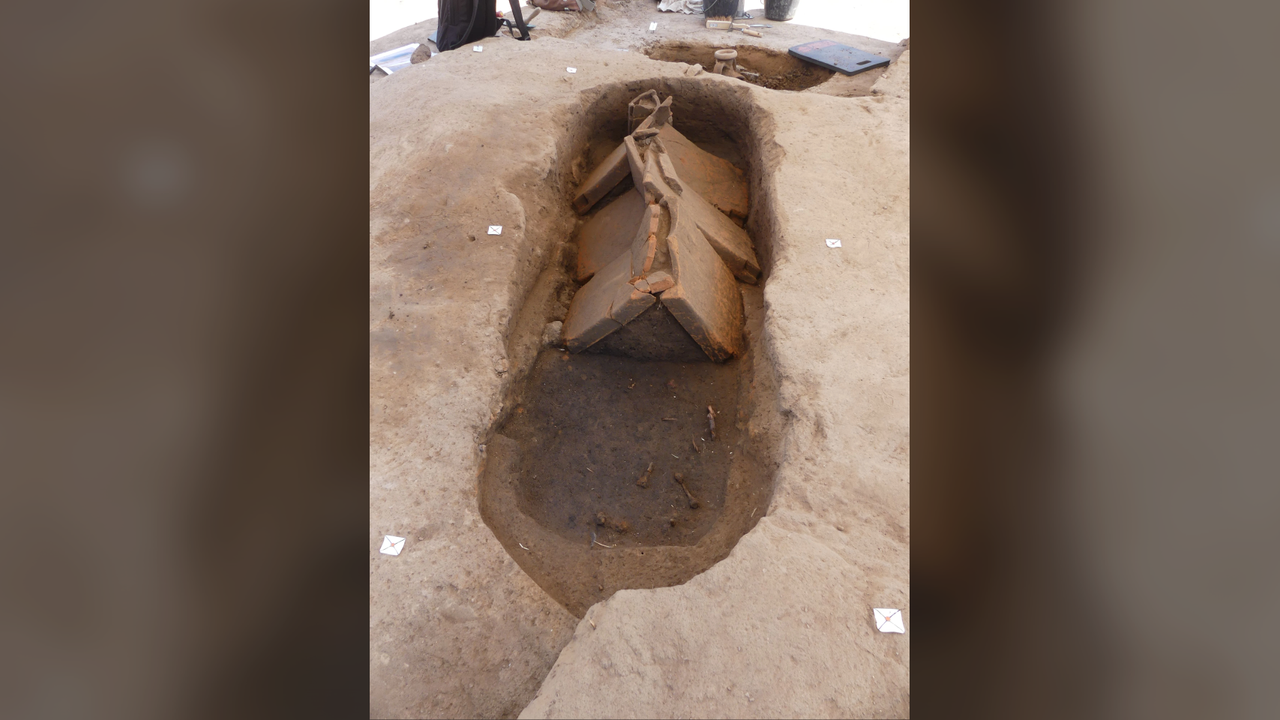
French archaeologists have made an exciting discovery of a vast Roman cremation cemetery, revealing diverse burial practices from ancient times. This find is significant as it not only enhances our understanding of Roman customs but also highlights the cultural richness of the era. The cemetery's unique features, including graves that were 'fed' by liquid offerings, provide valuable insights into the rituals and beliefs surrounding death in Roman society.
— Curated by the World Pulse Now AI Editorial System
